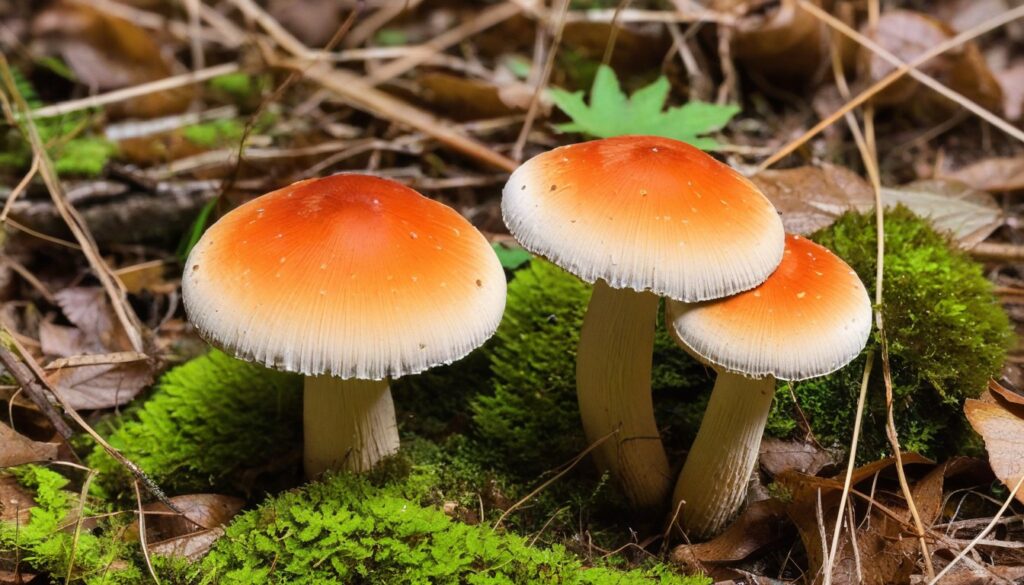Welcome to a comprehensive guide on foraging safely for mushrooms in Hawaii! As the islands are home to several species of poisonous mushrooms, it’s crucial to have a basic understanding of these potential hazards before venturing out. Here, we’ll explore the various types of poisonous mushrooms that can be found on the islands, highlight their potential health risks, and provide essential safety tips for foraging. Let’s dive in!
Key Takeaways:
- It’s important to have a basic understanding of poisonous mushrooms in Hawaii before foraging.
- The potential health risks of consuming toxic mushrooms can be severe, so safety precautions are crucial.
- Accurately identifying mushrooms is essential for safe foraging.
- Resources, such as guides and online forums, are available to help with identification.
- Finally, we’ll mention some edible mushroom varieties found in Hawaii that can be safely harvested.
Understanding Poisonous Mushrooms
Before embarking on a mushroom hunt in Hawaii, it’s essential to have a sound understanding of the various types of poisonous mushrooms that can be found on the islands and their toxicity levels. Different types of poisonous mushrooms have varying levels of toxins that can cause an array of symptoms, ranging from mild to severe.
When it comes to toxic mushrooms, identification is key. Failure to identify poisonous mushrooms correctly could result in serious adverse effects on human health, and in some cases, it could be fatal.
Some of the most dangerous poisonous mushrooms in Hawaii include the Death Cap, Destroying Angel, and Deadly Galerina. These mushroom varieties contain amatoxins that can cause liver and kidney damage, leading to organ failure and death.
The Danger of Misidentification
Distinguishing between edible and poisonous mushrooms can be difficult, even for experienced foragers. Many toxic mushrooms look similar in appearance to edible varieties, and it’s easy to misidentify them without adequate knowledge.
One common mistake is confusing the Paddy Straw Mushroom with the Death Cap Mushroom. Although the Paddy Straw Mushroom is edible and enjoyed in various cuisines worldwide, the Death Cap Mushroom contains deadly toxins that can quickly lead to liver and kidney failure.
Common Poisonous Mushrooms in Hawaii
For any mushroom forager, it is essential to be aware of the common poisonous varieties. Hawaii is home to several poisonous mushrooms, some of which can be deadly if consumed.
Mushroom Name | Appearance | Habitat | Potential Risk |
|---|---|---|---|
Conocybe | Small, light brown cap with dark brown spots on the cap’s center. | Grassy areas, lawns, meadows | Poisonous, can be fatal. |
Green-spored Lepiota | White, smooth, bell-shaped cap with brownish center and green gills. | Under trees, forests, meadows | Poisonous, can cause severe gastrointestinal distress. |
Amanitas | Wide, round cap with white spots or scales. | Forests, lawns, meadows | Deadly, can cause liver failure. |
In addition to these species, there are several other poisonous mushrooms in Hawaii, including Galerinas and Cortinarius. It is essential to educate yourself thoroughly on the distinguishing features of each variety and avoid consuming any mushroom that you are not entirely sure about.
Remember, consuming poisonous mushrooms can have severe health consequences. Always err on the side of caution and avoid ingesting any mushroom that you are not entirely confident is safe to consume.
Identifying Poisonous Mushrooms
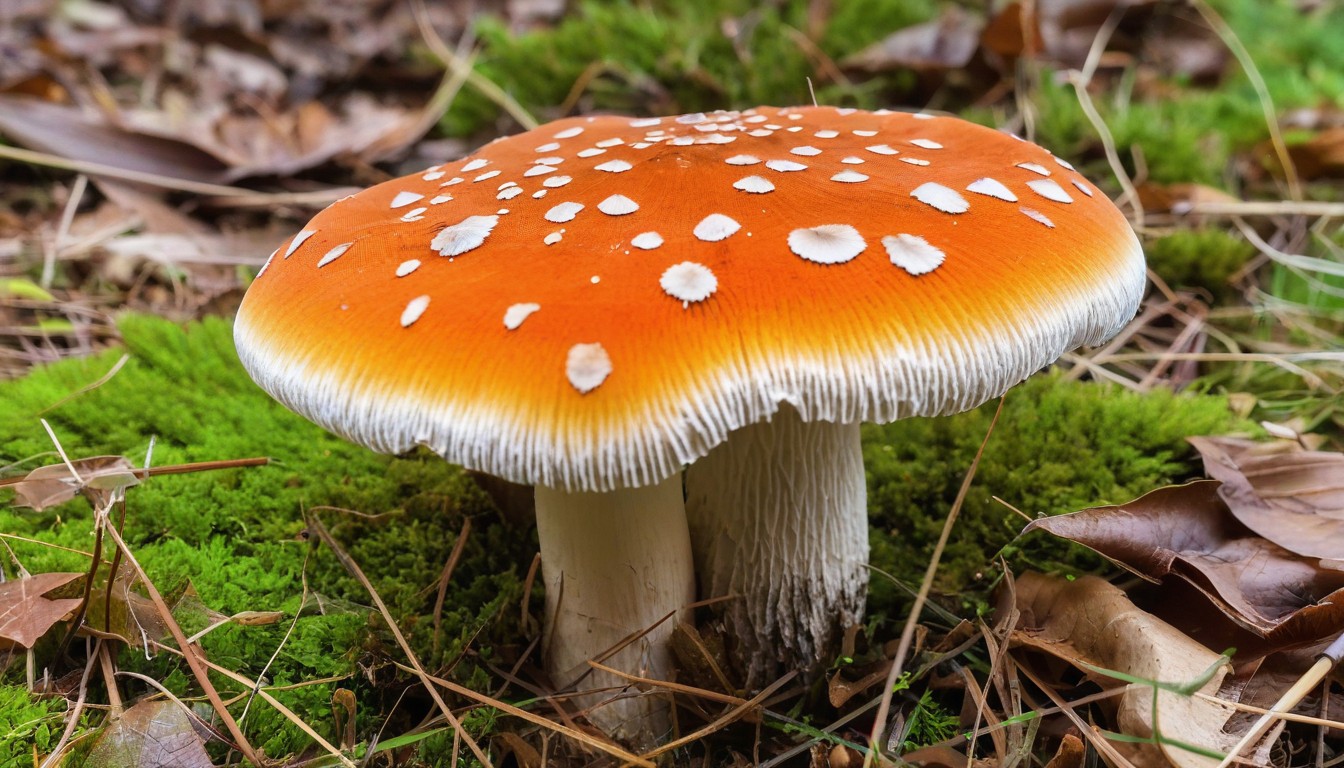
Foraging for mushrooms can be a thrilling experience, but it’s essential to be able to identify which mushrooms are safe to eat and which ones are not. Here are some valuable tips to help you distinguish between edible and poisonous mushrooms in Hawaii and remain safe while foraging:
- Start with the basics: Familiarize yourself with the basic anatomy of mushrooms to identify the parts that can help you differentiate between safe and toxic species. Look for characteristics like cap shape and size, color, texture, and gill structure.
- Check the spores: Identifying mushroom spores can help you determine the species of the mushroom. Check the color of the spores and look for distinctive patterns, such as multi-colored spores.
- Know when in doubt: If you are unsure whether a mushroom is edible, do not consume it. Stick to the mushrooms you are confident about consuming.
- Get help: Always consult a local expert in mushroom identification, such as a mycologist or a knowledgeable guide who has experience in identifying wild mushrooms in Hawaii.
Key Characteristics of Poisonous Mushrooms
Identifying common characteristics of poisonous mushrooms can also help in discerning whether a mushroom is safe to eat. Here are some key characteristics to watch out for:
Poisonous Mushroom Characteristics | Description |
|---|---|
Different-colored gills | Gills that are of a different color than the cap of the mushroom could indicate that it is poisonous. |
Slippery texture | Some poisonous mushrooms have a slimy or slippery texture and are often called “jelly fungus.” |
Bright colors | Poisonous mushrooms can be brightly colored, such as red or yellow, making them stand out in the forest. |
Unpleasant smell or taste | If a mushroom has an unpleasant smell or taste, it is best to avoid eating it, as this could be a sign that it is poisonous. |
By following these tips and being cautious while foraging, you can have a fun and safe experience exploring the enchanting world of mushrooms in Hawaii.
Potential Health Risks
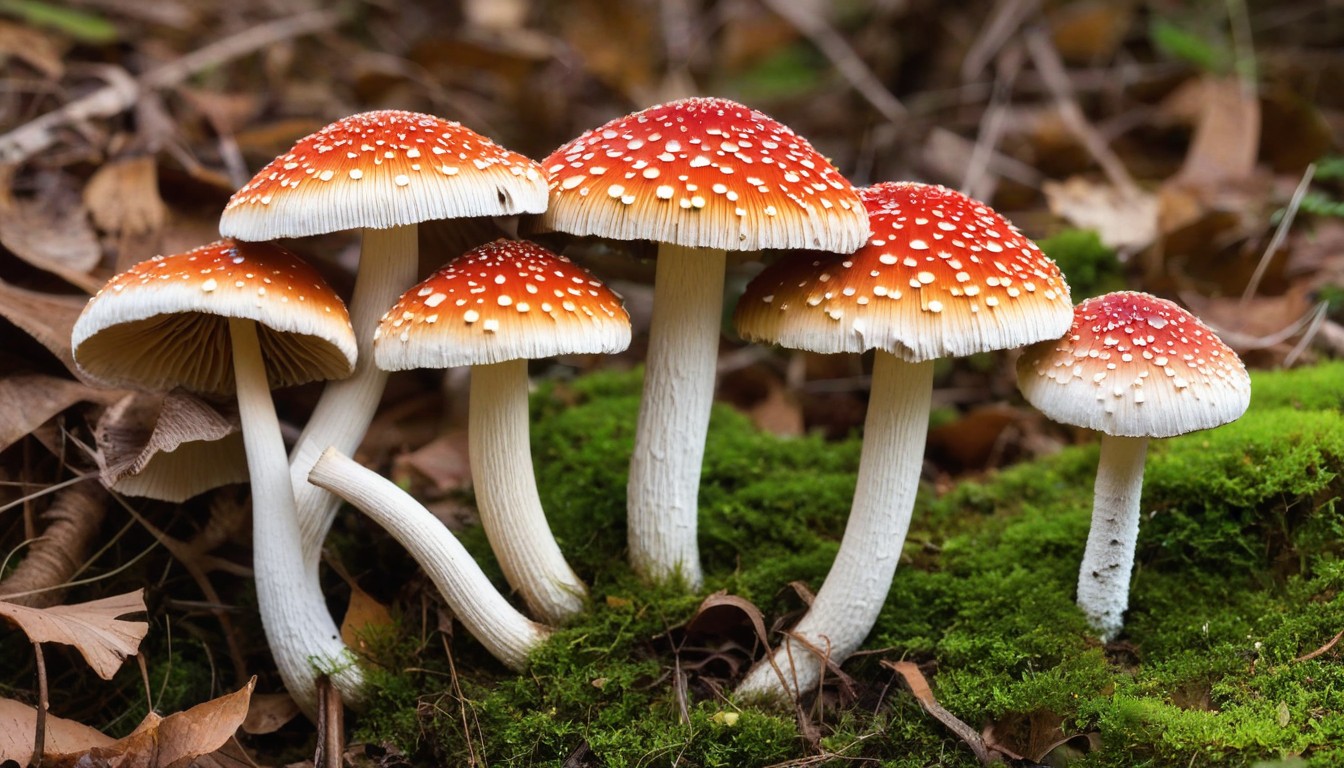
Consuming poisonous mushrooms can have severe health consequences. Symptoms of mushroom poisoning can range from mild to life-threatening, depending on the toxicity of the mushroom and the amount consumed. Common symptoms include:
- Stomach pain
- Nausea and vomiting
- Dizziness
- Headaches
- Seizures
- Organ failure
If you suspect mushroom poisoning, it is essential to seek immediate medical attention. Time is of the essence, and the quicker you receive treatment, the better your chances of recovery.
Until medical help arrives, perform the following emergency measures:
- Call 911 or your local emergency services
- Do not induce vomiting unless instructed to do so by a medical professional
- Do not drink fluids
- Provide photographs or samples of the mushroom(s) ingested
To minimize the risk of mushroom poisoning, always follow proper safety guidelines when foraging or consuming mushrooms.
Safety Precautions for Foraging
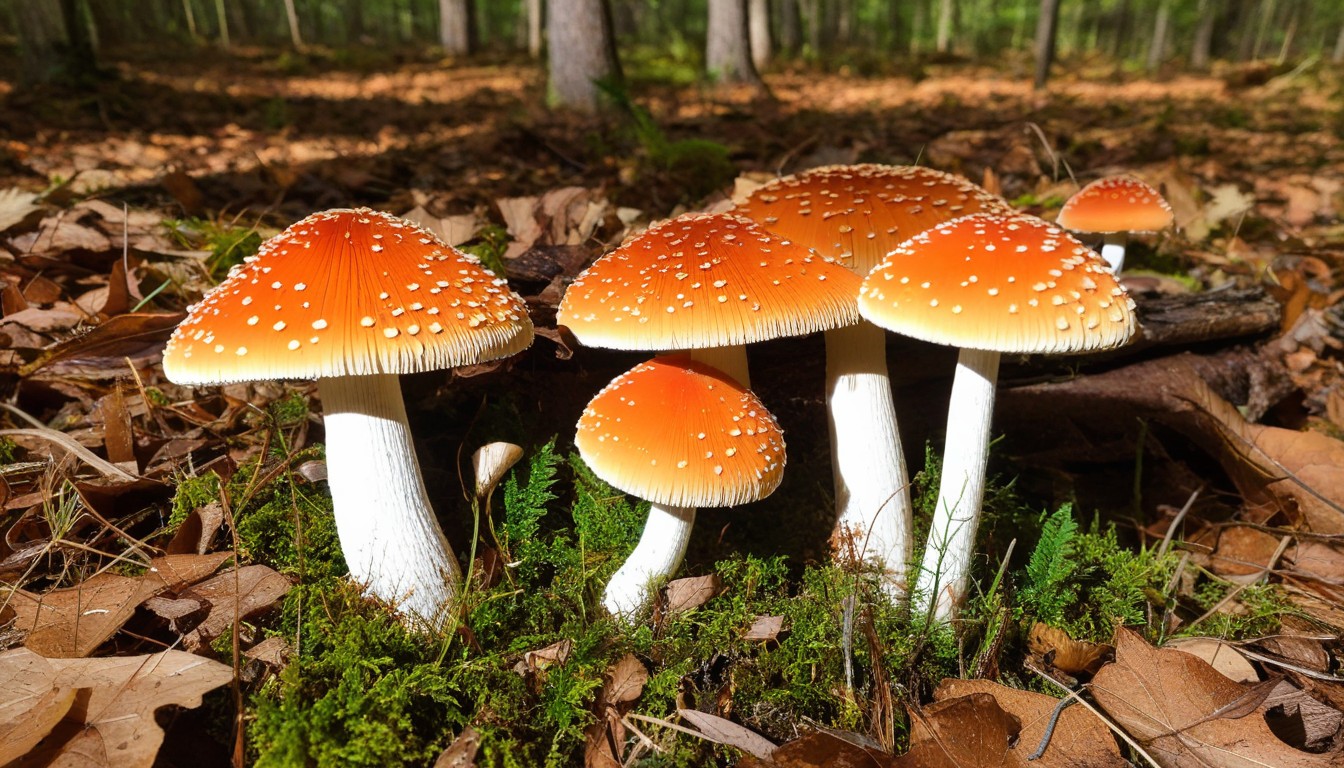
Foraging for mushrooms in Hawaii is a fun and exciting activity but requires proper safety precautions. Below are some guidelines to ensure that you can forage for mushrooms safely:
Wear Appropriate Clothing
Before setting out to forage for mushrooms, ensure that you wear appropriate clothing that protects you from environmental hazards. Wear sturdy shoes or boots that provide good traction and protect your feet from cuts, scrapes, and other injuries. Long pants, long-sleeved shirts, and a hat is also advisable to protect your skin from sunburn and scratches. Consider bringing rain gear with you if you plan to forage during the rainy season.
Come Prepared
Carry a backpack with you, containing essential items such as a first aid kit, insect repellent, a compass, a map, and plenty of drinking water. Bring along any tools you might need, such as a knife, a pair of scissors, a pocket magnifying glass, and a flashlight in case your foraging expedition lasts longer than expected. Bring a camera along to document any interesting discoveries.
Know Where and When to Forage
Research the area you plan to forage in and gain knowledge on the mushrooms commonly found in the region. Avoid locations with heavy industrial activity or areas where pesticides may have been used. Never harvest mushrooms growing near roadsides, as they may have absorbed harmful substances from exhaust fumes. Only forage during the daylight hours and avoid foraging on private property without permission.
Identify Mushrooms Accurately
Knowing the various types of mushrooms and their identifying characteristics is essential. Be sure to bring along a guidebook to mushroom identification, or download a reliable app. If you are uncertain about a mushroom’s identity, do not eat it. Only harvest mushrooms that you can positively identify as safe to consume.
Practice Responsible Foraging
Remember to be an ethical forager. Don’t harvest more than you need or more than 20% of a single mushroom fruiting body. Allow others to enjoy foraging by not divulging your foraging locations to the public. Don’t disturb the natural habitat by digging or uprooting, and leave no trace when you leave.
By following these safety precautions while foraging for mushrooms in Hawaii, you can enjoy your experience with peace of mind and minimize the risks. Happy foraging!
Resources for Mushroom Identification
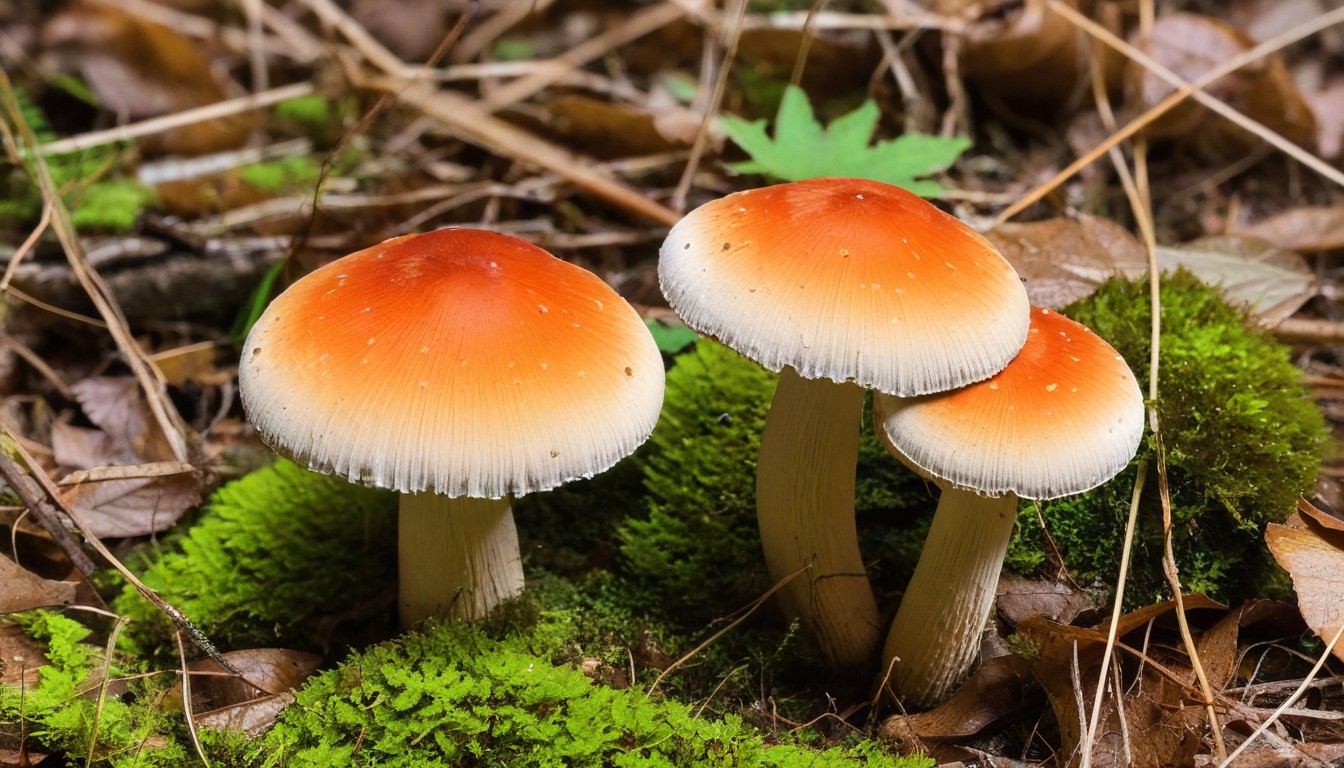
Identifying mushrooms accurately can be a daunting task, especially for beginners. Fortunately, numerous resources are available to help you distinguish between edible and poisonous mushrooms in Hawaii.
Field Guides
Field guides are comprehensive books or pamphlets that provide information on various mushroom species found in Hawaii. These guides are often illustrated with color photographs, enabling you to compare your findings with actual specimens. You can purchase these guides online or at local bookstores.
Online Forums
Online forums and discussion boards are another useful resource for mushroom identification. These forums often have a community of experienced foragers who are willing to share their knowledge and expertise. Some popular forums for mushroom identification in Hawaii include Mushroom Observer, iNaturalist, and Mushroom Expert.
Local Mycological Societies
Local mycological societies are organizations dedicated to the study and appreciation of mushrooms. These societies often host workshops, mushroom walks, and educational events that can help you become more familiar with mushroom identification. Hawaii Mycological Society is a great resource to connect with like-minded foragers in Hawaii.
Edible Mushrooms in Hawaii
While foraging for wild mushrooms in Hawaii, don’t forget to keep an eye out for some delicious edible varieties. These wild mushrooms can add unique flavors and textures to any dish. Here are some edible mushrooms that you may encounter while exploring the islands:
Name | Description | Taste |
|---|---|---|
Brown, feathery-looking with a wavy cap | Earthy, woodsy flavor | |
Pleurotus ostreatus | Grayish-white, fan-shaped cap with a short, thick stem | Mild and nutty flavor |
Lion’s Mane | White and shaggy with a globe-like shape | Meaty and tastes like lobster or shrimp |
Chanterelle | Bright orange or yellow with trumpet-shaped cap | Peppery and fruity flavor |
Remember to take necessary precautions when foraging for mushrooms and accurately identify the edible varieties. Enjoy the thrill of mushroom foraging while respecting nature and preserving the delicate ecosystem.
Mushroom Safety Tips for Visitors
If you’re a mushroom enthusiast visiting Hawaii, there are some important guidelines to follow to ensure your safety while foraging. Keep these tips in mind to make your mushroom hunting experience a success:
- Research before you go: Familiarize yourself with the common poisonous mushrooms in Hawaii and their distinguishing features. Stick to well-known edible varieties to minimize risks.
- Forage in a group: Exploring the mushroom habitats in Hawaii with others is always a good idea for safety reasons. Make sure you stay within sight of each other and have a communication plan in place.
- Bring necessary gear: Wear proper clothing and footwear, and bring a basket or bag to collect mushrooms. Use a proper mushroom knife to avoid damaging other flora.
- Stick to designated areas: Avoid foraging on private land without permission and be respectful of the natural environment. Stay off trails and stick to designated foraging areas when available.
- Avoid consuming unknown mushrooms: If you’re unsure whether a mushroom is edible or not, don’t eat it. It’s better to err on the side of caution and avoid any potential risks.
By following these simple guidelines, you can safely enjoy the thrill of foraging for mushrooms in Hawaii.
Conclusion
Exploring the world of mushroom foraging in Hawaii can be an exhilarating experience, but it’s crucial to prioritize safety and adhere to responsible foraging guidelines. By familiarizing yourself with the various types of poisonous mushrooms that can be found on the islands, understanding their toxicity levels, and accurately identifying them, you can minimize potential risks and enjoy the thrill of the hunt.
Remember to always exercise caution, wear appropriate clothing and gear, and respect the environment while foraging. In case of emergency, seek medical help immediately, and never consume a mushroom if you are unsure of its edibility.
Lastly, don’t forget to check out the resources available for mushroom identification in Hawaii, and explore the unique flavors and culinary potential of edible mushrooms found on the islands. Happy foraging!
FAQ
Why is it important to understand poisonous mushrooms?
Understanding poisonous mushrooms is crucial for anyone interested in foraging in Hawaii. It helps you identify potential dangers and avoid consuming toxic varieties, ensuring your safety.
What are some commonly encountered poisonous mushrooms in Hawaii?
Some commonly encountered poisonous mushrooms in Hawaii include the Death Cap (Amanita phalloides), Fool’s Mushroom (Amanita verna), and Ivory Funnel (Clitocybe dealbata). It is essential to familiarize yourself with their appearance and characteristics to avoid accidental ingestion.
How can I identify poisonous mushrooms?
To identify poisonous mushrooms, pay attention to key characteristics such as cap color, stem shape, presence of a ring or volva, and the presence of gills or pores. Color variations, such as bruising or discoloration, can also indicate toxicity.
What are the potential health risks of eating poisonous mushrooms?
Consuming poisonous mushrooms can cause various health risks, ranging from mild gastrointestinal discomfort to severe organ failure. Symptoms may include nausea, vomiting, abdominal pain, diarrhea, and in severe cases, liver or kidney damage.
How can I forage for mushrooms safely?
Foraging for mushrooms safely involves taking necessary precautions. Wear appropriate clothing, including gloves and sturdy shoes. Use a mushroom knife or small brush to collect specimens, and ensure you have proper knowledge and identification skills before consuming any wild mushrooms.
Are there resources available for mushroom identification in Hawaii?
Yes, there are various resources available for mushroom identification in Hawaii. These include field guides, online forums, and local mycological societies. Consult these references to enhance your knowledge and accuracy in identifying mushrooms.
Can I find edible mushrooms in Hawaii?
While the focus of this guide is on poisonous mushrooms, there are indeed edible varieties found in Hawaii. Safe and responsible foraging can lead you to discover delicious wild mushrooms that can be enjoyed for culinary purposes.
Are there any safety tips specifically for visitors interested in mushroom foraging?
Absolutely! Visitors interested in mushroom foraging should follow safety guidelines such as obtaining permission to forage on private property, respecting protected areas, and being aware of any restrictions or regulations. It’s important to prioritize your safety and the preservation of Hawaii’s natural environment.

